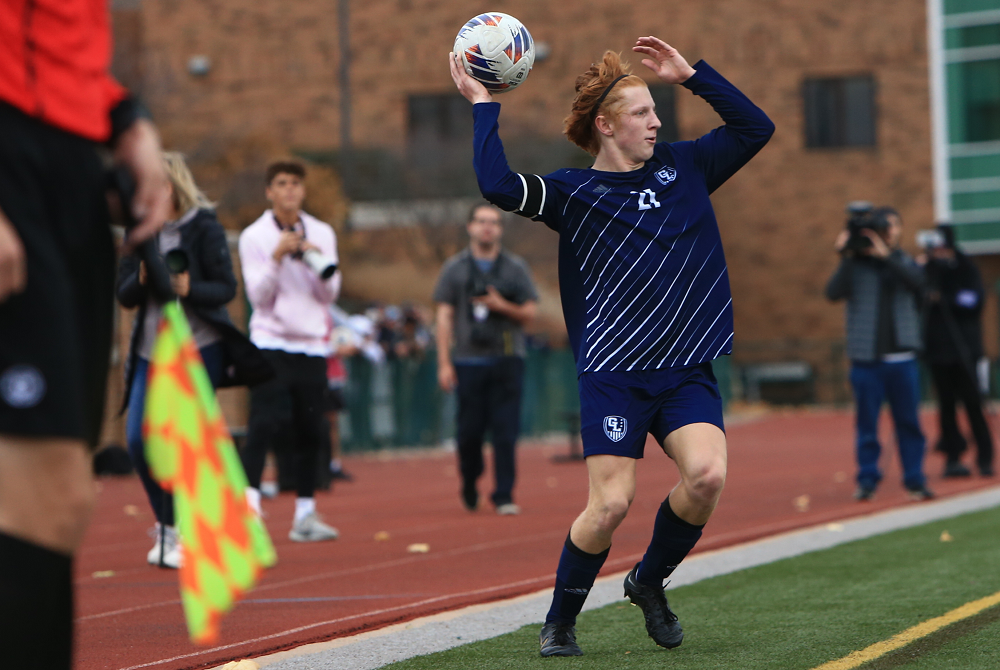
Be the Referee: Automatic 1st Downs
November 17, 2016
This week, MHSAA assistant director Mark Uyl discusses the differences in how automatic 1st downs are awarded at the high school level versus in the college and pro football games.
Be The Referee is a series of short messages designed to help educate people on the rules of different sports, to help them better understand the art of officiating, and to recruit officials.
Below is this week's segment – Automatic 1st Downs - Listen
Today we are going to talk about one of the biggest rule difference areas in high school football from those rules used in college and pro games, and that deals with automatic first downs. When watching that college game on Saturday or the pro game on Sunday, all of us know there are several defensive fouls that give the offense an automatic first down. However, under high school rules, the opposite is true most of the time. The only high school fouls that result in an automatic first down for the offense are the roughing fouls - roughing the passer, the kicker, the holder and the long snapper. Fouls such as defensive pass interference or any other personal foul do not bring an automatic first down under high school rules.
Past editions
Nov. 10: Uncatchable Pass - Listen
Nov. 3: The Goal Line - Listen
Oct. 27: Help Us Retain Officials - Listen
Oct. 20: Point After Touchdown - Listen
Oct. 13: Untimed Down - Listen
Oct. 6: Soccer Penalty Kick Change - Listen
Sept. 29: Preparation for Officials - Listen
Sept 22: You Make the Call: Returning Kickoffs - Listen
Sept. 15: Concussions - Listen
Sept 8: Equipment Covering the Knees - Listen
Sept. 1: Play Clock Experiment - Listen
Aug. 25: Clipping in the Free Blocking Zone - Listen

Be the Referee: Feet Rule on Soccer Throw-In
By
Paige Winne
MHSAA Marketing & Social Media Coordinator
September 13, 2023
Be The Referee is a series of short messages designed to help educate people on the rules of different sports, to help them better understand the art of officiating, and to recruit officials.
Below is this week's segment – Feet Rule on Soccer Throw-In - Listen
In basketball, when a player is inbounding the ball, his or her feet have to be behind the line when passing the ball. Their feet can’t be touching the line.
But in soccer, a player just has to be on the line to complete a throw-in – even if their heels are both barely touching the line and the majority of their body is in the field of play.
It is considered a legal soccer throw-in if any part of both feet is either touching the line or behind the line, including if the player does a somersault or front-flip style throw-in. As long as they flip and land with both feet on or behind the line and throw the ball – it’s a legal throw-in.
Previous Editions
Sept. 6: Volleyball Jewelry - Listen
Aug. 30: Football Rules Similarities - Listen
Aug. 23: Football Rules Differences - Listen

